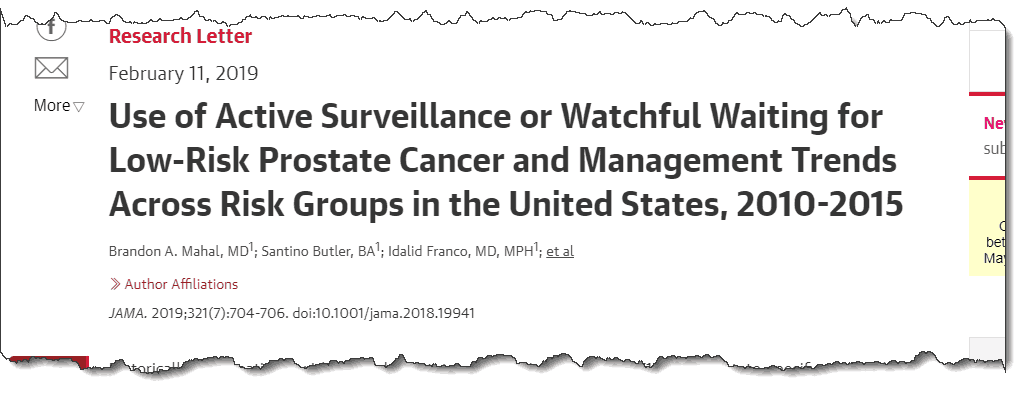
[cmamad id=”24326″ align=”center” tabid=”display-desktop” mobid=”display-desktop” stg=””]
Here’s what doctors WON’T tell you about the most common prostate treatments for men…
—-Important Message for Men Who Love Sex—-
This is the fun solo activity that got me huge results

All my problems with size…and my embarrassing erection problems… They were killing me as a man.
I tried hypnosis, medical treatments, and lots of other things.
I wish I had known that this simple solo activity was all I needed.
Discover the fun DIY activity that restores pleasure and sensation to your penis right now – and try it tonight.
———-
Why I avoid this prostate screening
One of the most important things in my life is great sex.
And by great sex, I mean truly wonderful, mind-blowing sex with my amazing wife, Jodi.
I prioritize great sex and I protect my ability to have great sex.
And in my work with men dealing with erectile dysfunction, I’ve found that great sex is important to most guys.
That’s not surprising, but it is true.
The importance of sex and sexual function is why I’m always going on and on about the risks of over-treating prostate conditions – especially prostate cancer.
Prostate treatments often end up causing MAJOR problems with sexual function and bladder function.
The stories I hear from men who have had these treatments – often unnecessarily – are heartbreaking.
It’s awful. Some men never regain full function.
Important Note: Men who have lost function on a physical level from prostate treatments can STILL have great sex using my methods.
They really work – even if you’ve been told you’ll never get an erection again.
So I was thrilled to read this update about the rise of “active surveillance” for prostate cancer – because it spares men this agony.

Prostate cancer has been WAY over-treated…
Most prostate cancer stays in the prostate and never goes anywhere or poses any real threat to the man who has it.
This is called low-risk prostate cancer… And it is the VAST majority of cases.
In the past (and even now) this type of low-risk prostate cancer was seriously over-treated.
“Low-risk disease is defined as a small tumor confined to the prostate gland that is assigned a grade of 6 on the Gleason scale following a biopsy, an early pathological stage, and a low PSA (prostate-specific antigen) blood level.”
When prostate cancer is low risk, it’s WAY better to take a conservative route with “active surveillance” rather than use aggressive treatments.
Because invasive treatments can screw up sexual and bladder function and don’t give you any better results.
According to Dr. Mahal, the lead author of this study:
“…men with low-risk tumors have a very, very low risk of dying from prostate cancer, and…invasive treatments don’t necessarily improve survival odds.”
In 2010, the guidelines for low-risk prostate cancer FINALLY changed.
The good news is that in 2010 the clinical national guidelines in the US finally changed for what to do with low-risk prostate cancer.
“National guidelines advocating conservative management rather than immediate ‘definitive treatment’ with surgery or radiotherapy were established in 2010 for men with low-risk prostate cancer.”
Because of that, more and more doctors are recommending active surveillance…
That basically means just watching the cancer to make sure it doesn’t spread outside of the prostate (which is very rare).
So many men are now being spared the terrible side effects of aggressive tumor removal or radiation treatment.
“The use of active surveillance increased from 14.5 percent to 42.1 percent of men with low-risk prostate cancer between 2010 and 2015…”
And while this number is a great improvement, I personally don’t think it’s anywhere near high enough.
If treatments aren’t life extending, then why risk the impairments?
[cmamad id=”24327″ align=”center” tabid=”display-desktop” mobid=”display-desktop” stg=””]
If you end up with prostate cancer, make sure you ask your doctor about active surveillance.
That’s why I’m telling you to make sure that if you’re diagnosed with prostate cancer that you talk to your doctor about the active surveillance option.
More men need to know that it’s an option that doesn’t have side effects and has good outcomes in cases of low-risk cancer.
Note: There are also very aggressive forms of prostate cancer – although they are rare.
If you have one of those forms, then active surveillance isn’t a good option.
Also, I’m not telling you what to do. I’m not a doctor and I can’t give medical advice.
I just want you to have ALL your options on the table if you get diagnosed with low-risk prostate cancer.
I’ve seen far too many guys with low-risk cancer have it removed and regret that decision.
I don’t want you to be one of them.
—-Important Message for Men with Prostates—-
This cancer-fighting nutrient makes a walnut out of a baseball
Men can have a prostate the size of a baseball… But what I discovered can shrink a baseball to a walnut (the normal size) – with good urinary function.
It is a certain practice used by men who live to be 110 or even older – and NEVER have prostate problems. Ever.
These men never have to worry about waking up multiple times a night to pee…
They never have to experience radiation, surgery, or hormone therapy…
And they never have to risk being impotent for the rest of their lives.
These very old men use a special cancer-fighting nutrient that reduces prostate inflammation to nearly zero.
This nutrient lowers harmful estrogen in men and stimulates the Leydig cells into producing more natural testosterone…

And this can save you from ever getting prostate cancer – so you’ll never think about taking any risky treatments.
This cancer-fighting nutrient is a natural prostate solution.
———-

- Study finds upsurge in 'active surveillance' for low-risk prostate cancer Active surveillance nearly tripled in men with low-risk prostate disease https://www.sciencedaily.com/releases/2019/02/190211182853.htm
- Use of Active Surveillance or Watchful Waiting for Low-Risk Prostate Cancer and Management Trends Across Risk Groups in the United States, 2010-2015 https://jamanetwork.com/journals/jama/article-abstract/2724897
- Prostate Cancer Treatment (PDQ®) https://www.ncbi.nlm.nih.gov/books/NBK65915/
- Prostate cancer https://www.mayoclinic.org/diseases-conditions/prostate-cancer/symptoms-causes/syc-20353087
